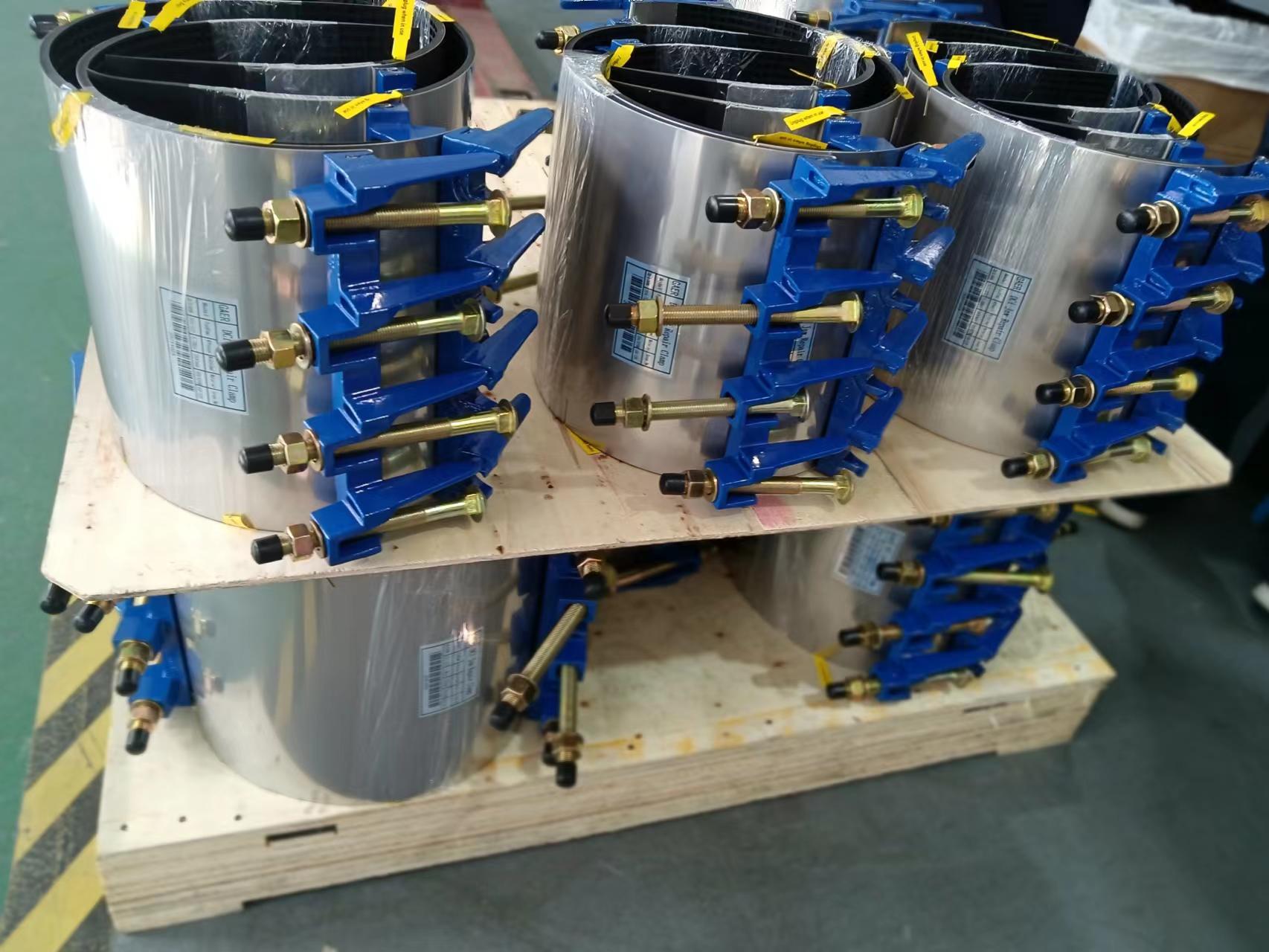anti ram bollards
Understanding Anti-Ram Bollards Protecting Public Spaces
In an age where security and safety have become paramount concerns for urban planners and municipalities, anti-ram bollards have emerged as a vital component in safeguarding public spaces. These robust structures, often overlooked by the casual observer, play a crucial role in deterring vehicular threats, enhancing pedestrian safety, and maintaining the integrity of important buildings and landmarks.
What Are Anti-Ram Bollards?
Anti-ram bollards are specialized barriers designed to absorb the impact of a vehicle attempting to breach security perimeters. Unlike standard bollards used merely for guiding traffic or designating areas, anti-ram bollards are engineered to withstand significant force. They are typically constructed from durable materials such as steel or concrete and are installed in strategic locations around high-risk areas such as government buildings, airports, and crowded public venues.
These bollards function by either stopping or slowing down vehicles before they can cause harm. The engineering behind them considers various factors, including the type of vehicles they might need to withstand—from passenger cars to larger trucks—and the speed at which those vehicles could be traveling.
The Role of Anti-Ram Bollards in Urban Security
Modern cities face a myriad of security challenges, including potential terror attacks and errant drivers. The tragic events of recent years, in which vehicles have been used as tools of terror against crowds, have spurred cities worldwide to reconsider their infrastructure. Anti-ram bollards serve as both a physical and psychological barrier. By simply being present, they deter malicious actors from targeting crowded areas, knowing that their vehicle will be stopped.
Moreover, the integration of these bollards is more than just a functional addition; it also enhances the aesthetic appeal of urban environments. Many manufacturers now offer bollards in various designs, colors, and finishes, allowing cities to incorporate them into the overall landscape without detracting from the beauty of public spaces.
Key Considerations in Bollard Installation
anti ram bollards

When planning the installation of anti-ram bollards, several factors must be taken into account. First, the location is critical. Bollards should be positioned in areas where potential vehicle threats are most likely, such as in front of government buildings, event venues, or pedestrian-heavy zones.
Second, the type and design of the bollards must be chosen based on their intended purpose. Some may be fixed, while others can be removable for emergency access or maintenance purposes. There are also retractable bollards designed for traffic control during specific hours.
Finally, it is essential to ensure that the installation of bollards complies with local and national safety regulations, as well as accessibility standards. This compliance not only involves appropriate placement but also considers the needs of all pedestrians, including those with disabilities.
The Future of Anti-Ram Bollards
As technology advances, the future of anti-ram bollards appears promising. Innovations in smart technology have begun to influence their design and functionality. For instance, some bollards can be integrated with surveillance systems or alarms, alerting security personnel if a vehicle approaches too closely or at high speeds.
Additionally, the development of eco-friendly materials and designs promises a greener future for urban security. As cities look to become more sustainable, incorporating environmentally friendly bollards will help marry the need for safety with ecological responsibility.
Conclusion
In conclusion, anti-ram bollards are more than just a protective measure; they symbolize a proactive approach to urban safety. Their presence is a reminder that while we cannot eliminate all risks, we can implement intelligent design and thoughtful planning to mitigate potential threats. As urban areas continue to evolve, so too will the solutions to protect them, with anti-ram bollards standing at the forefront of this crucial endeavor. Ensuring the balance between safety, aesthetics, and accessibility will remain key as we navigate the challenges of urban security in the future.
-
The Smarter Choice for Pedestrian AreasNewsJun.30,2025
-
The Gold Standard in Round Drain CoversNewsJun.30,2025
-
The Gold Standard in Manhole Cover SystemsNewsJun.30,2025
-
Superior Drainage Solutions with Premium Gully GratesNewsJun.30,2025
-
Superior Drainage Solutions for Global InfrastructureNewsJun.30,2025
-
Square Manhole Solutions for Modern InfrastructureNewsJun.30,2025
-
Premium Manhole Covers for Modern InfrastructureNewsJun.30,2025
